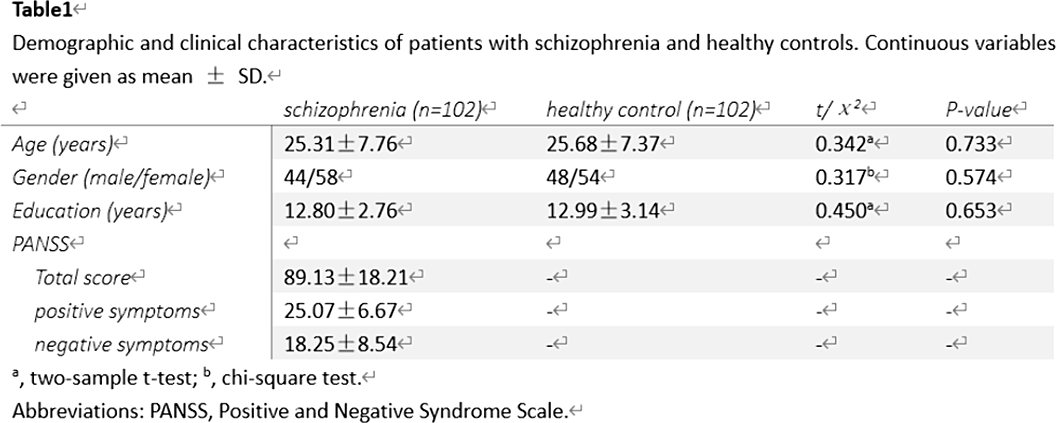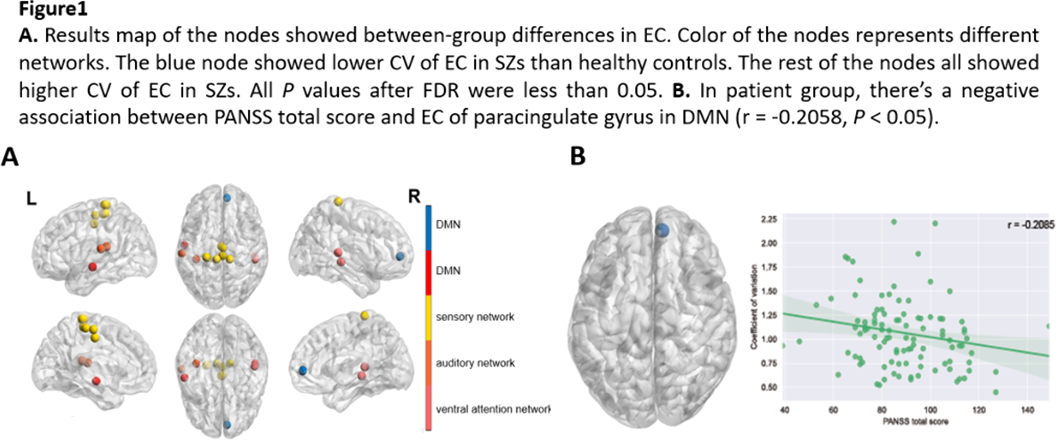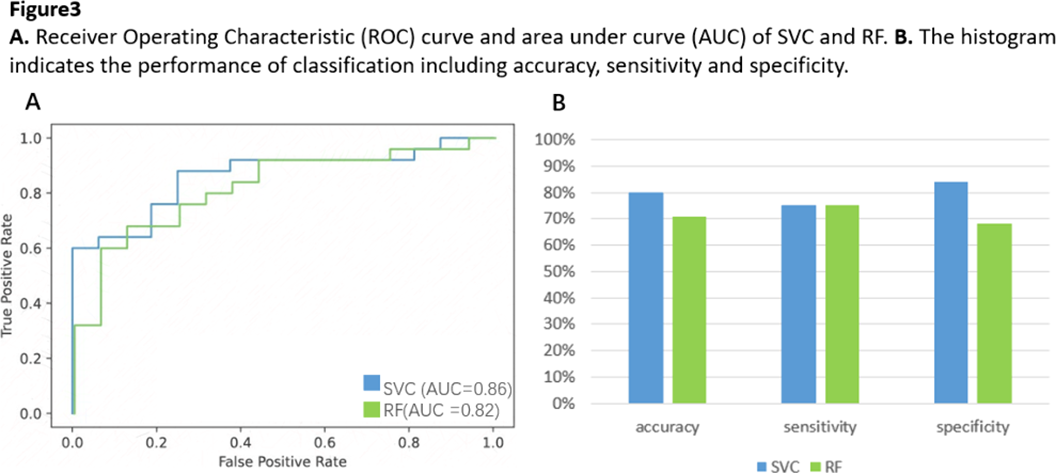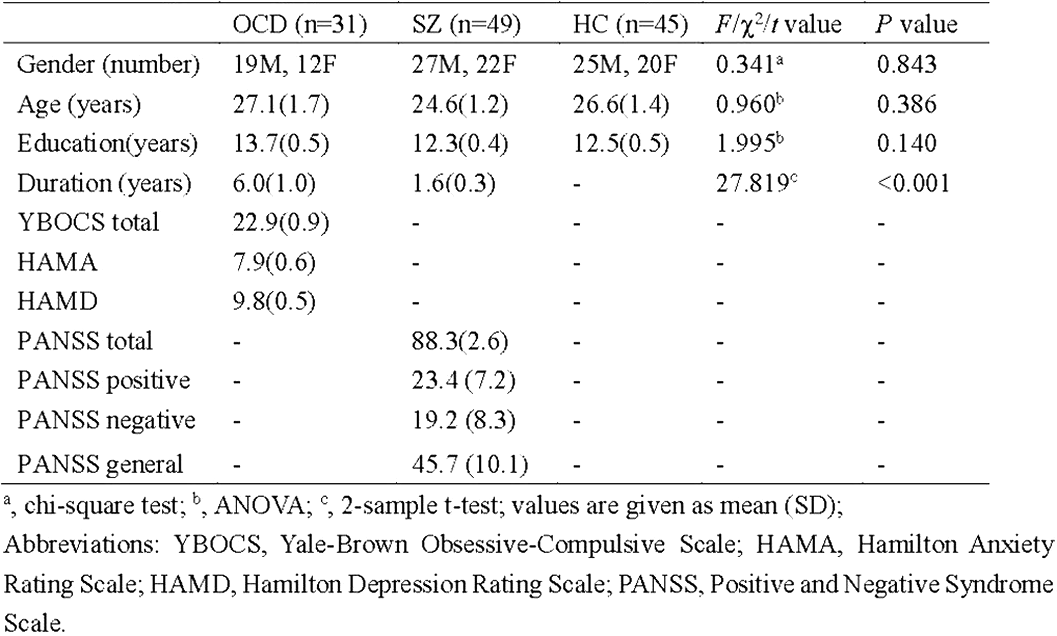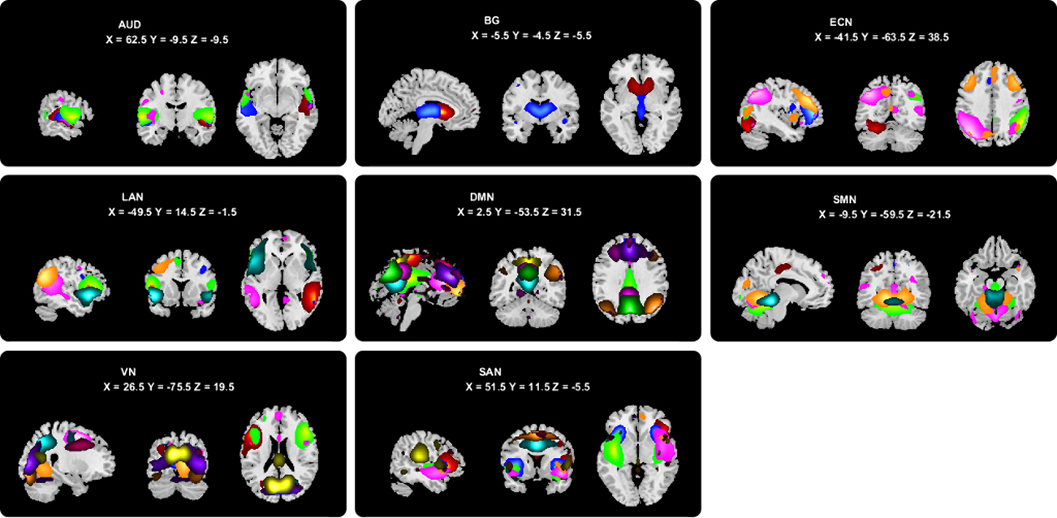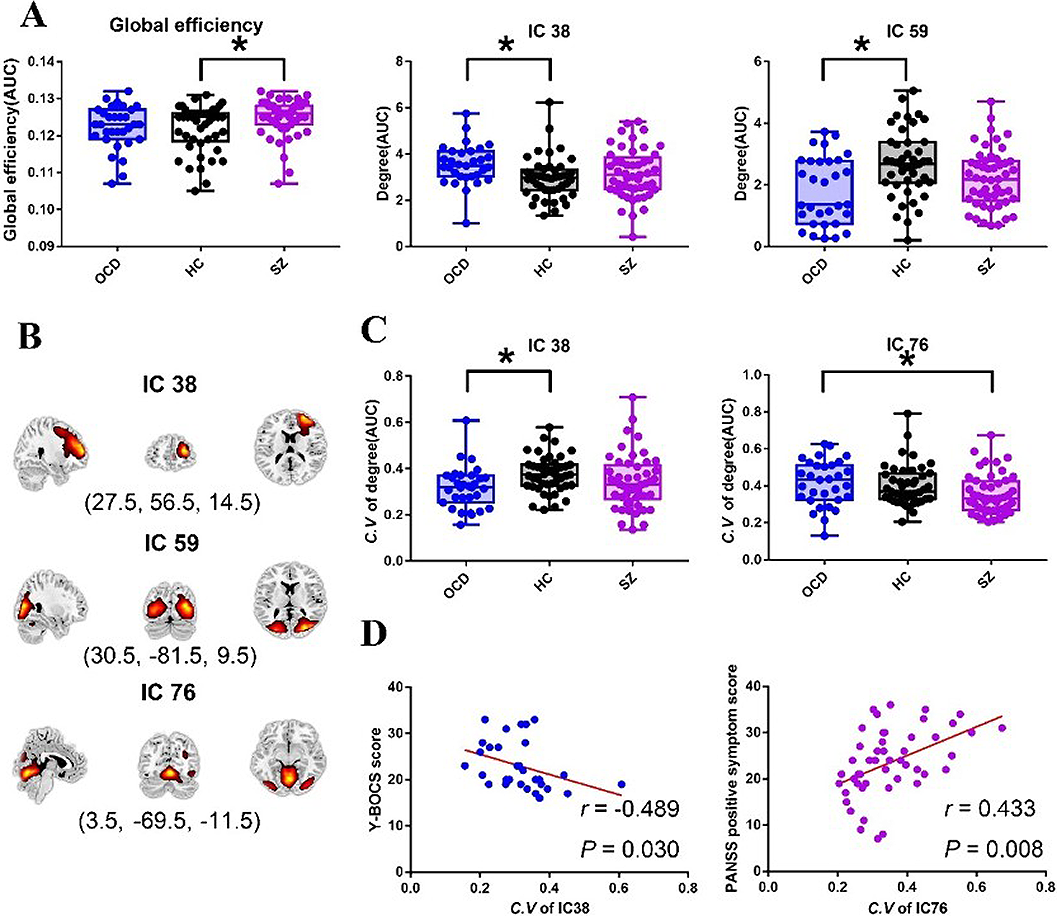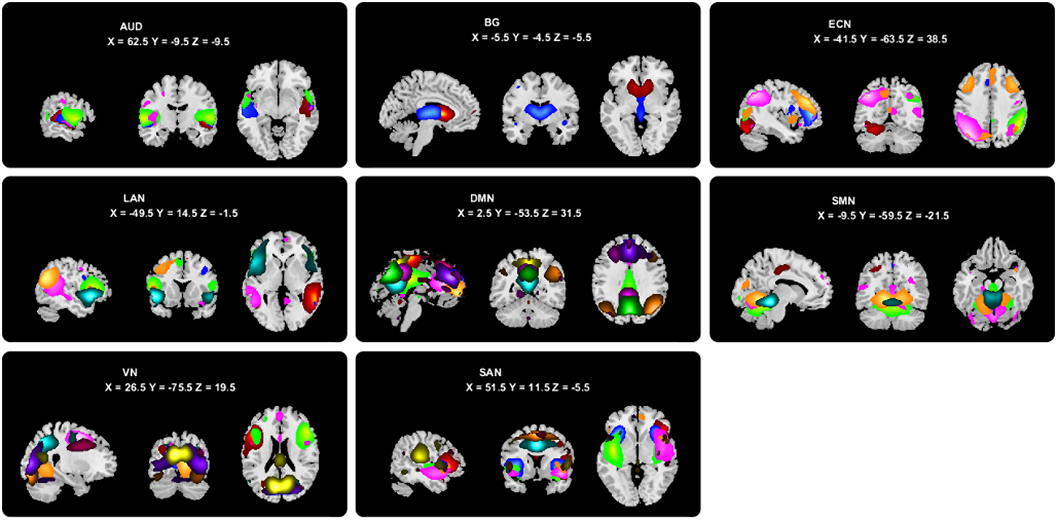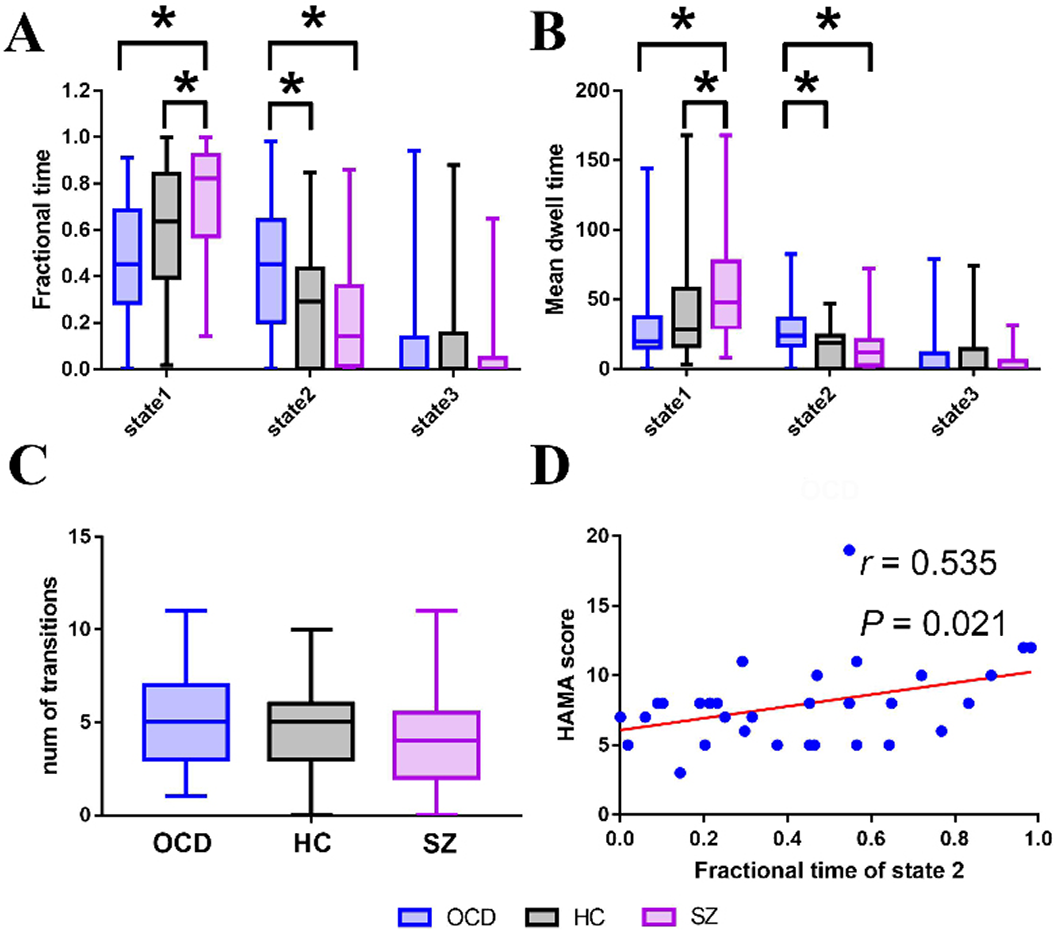143 results
Eulerian discrete kinetic framework in comoving reference frame for hypersonic flows
-
- Journal:
- Journal of Fluid Mechanics / Volume 983 / 25 March 2024
- Published online by Cambridge University Press:
- 18 March 2024, A11
-
- Article
-
- You have access
- Open access
- HTML
- Export citation
Incidence of mental health diagnoses during the COVID-19 pandemic: a multinational network study
-
- Journal:
- Epidemiology and Psychiatric Sciences / Volume 33 / 2024
- Published online by Cambridge University Press:
- 04 March 2024, e9
-
- Article
-
- You have access
- Open access
- HTML
- Export citation
A systematic study on 33 gallbladder stones resembling adult Clonorchis sinensis worms
-
- Journal:
- Journal of Helminthology / Volume 96 / 2022
- Published online by Cambridge University Press:
- 27 December 2022, e90
-
- Article
-
- You have access
- Open access
- HTML
- Export citation
Global trends and regional differences in the burden of anxiety disorders and major depressive disorder attributed to bullying victimisation in 204 countries and territories, 1999–2019: an analysis of the Global Burden of Disease Study
-
- Journal:
- Epidemiology and Psychiatric Sciences / Volume 31 / 2022
- Published online by Cambridge University Press:
- 28 November 2022, e85
-
- Article
-
- You have access
- Open access
- HTML
- Export citation
Brain controllability and clinical relevance in schizophrenia
-
- Journal:
- European Psychiatry / Volume 65 / Issue S1 / June 2022
- Published online by Cambridge University Press:
- 01 September 2022, p. S196
-
- Article
-
- You have access
- Open access
- Export citation
Altered dynamic functional topology in first-episode untreated patients with schizophrenia can aid in early diagnosis
-
- Journal:
- European Psychiatry / Volume 65 / Issue S1 / June 2022
- Published online by Cambridge University Press:
- 01 September 2022, p. S115
-
- Article
-
- You have access
- Open access
- Export citation
C.5 Musashi-1 is a master regulator of aberrant translation in MYC-amplified Group 3 medulloblastoma
-
- Journal:
- Canadian Journal of Neurological Sciences / Volume 48 / Issue s3 / November 2021
- Published online by Cambridge University Press:
- 05 January 2022, p. S19
-
- Article
-
- You have access
- Export citation
Experimental investigation of supersonic boundary-layer tripping with a spanwise pulsed spark discharge array
-
- Journal:
- Journal of Fluid Mechanics / Volume 931 / 25 January 2022
- Published online by Cambridge University Press:
- 24 November 2021, A16
-
- Article
- Export citation
Cholesterol esterification enzymes promote cancer growth and are potential therapeutic targets for repurposed drugs: a systematic review and meta-analysis of pre-clinical evidence
-
- Journal:
- Proceedings of the Nutrition Society / Volume 80 / Issue OCE5 / 2021
- Published online by Cambridge University Press:
- 27 October 2021, E176
-
- Article
-
- You have access
- HTML
- Export citation
Different alternations of static and dynamic brain regional topological metrics in schizophrenia and obsessive-compulsive disorder
-
- Journal:
- European Psychiatry / Volume 64 / Issue S1 / April 2021
- Published online by Cambridge University Press:
- 13 August 2021, pp. S522-S523
-
- Article
-
- You have access
- Open access
- Export citation
Distinct alternations of brain functional network dynamics in obsessive-compulsive disorder and schizophrenia
-
- Journal:
- European Psychiatry / Volume 64 / Issue S1 / April 2021
- Published online by Cambridge University Press:
- 13 August 2021, pp. S160-S161
-
- Article
-
- You have access
- Open access
- Export citation
Alcohol, coffee and tea intake and the risk of cognitive deficits: a dose–response meta-analysis
-
- Journal:
- Epidemiology and Psychiatric Sciences / Volume 30 / 2021
- Published online by Cambridge University Press:
- 11 February 2021, e13
-
- Article
-
- You have access
- Open access
- HTML
- Export citation
Respiratory failure among patients with COVID-19 in Jiangsu province, China: a multicentre retrospective cohort study
-
- Journal:
- Epidemiology & Infection / Volume 149 / 2021
- Published online by Cambridge University Press:
- 20 January 2021, e31
-
- Article
-
- You have access
- Open access
- HTML
- Export citation
Prevalence of depression, anxiety and suicide among men who have sex with men in China: a systematic review and meta-analysis
-
- Journal:
- Epidemiology and Psychiatric Sciences / Volume 29 / 2020
- Published online by Cambridge University Press:
- 15 June 2020, e136
-
- Article
-
- You have access
- Open access
- HTML
- Export citation
565 – Abnormality of White Matter Structure and Resting State Brain Function in First-Episode, Treatment-Naive Patients with Major Depressive Disorder
-
- Journal:
- European Psychiatry / Volume 28 / Issue S1 / 2013
- Published online by Cambridge University Press:
- 15 April 2020, 28-E137
-
- Article
-
- You have access
- Export citation
271 – Gray Matter Reduction Associated with Cognitive Dysfunction in First-episode, Treatment-naive Young Adults with Major Depressive Disorder: A Voxel-based Morphometry Study
-
- Journal:
- European Psychiatry / Volume 28 / Issue S1 / 2013
- Published online by Cambridge University Press:
- 15 April 2020, 28-E3
-
- Article
-
- You have access
- Export citation
The factors associated with natural disease progression from HIV to AIDS in the absence of ART, a propensity score matching analysis
-
- Journal:
- Epidemiology & Infection / Volume 148 / 2020
- Published online by Cambridge University Press:
- 24 February 2020, e57
-
- Article
-
- You have access
- Open access
- HTML
- Export citation
Multi-drug resistant spinal tuberculosis-epidemiological characteristics of in-patients: a multicentre retrospective study
-
- Journal:
- Epidemiology & Infection / Volume 148 / 2020
- Published online by Cambridge University Press:
- 27 January 2020, e11
-
- Article
-
- You have access
- Open access
- HTML
- Export citation
Effect of Supply Cooling Oil Temperature in Structural Cooling Channels on the Positioning Accuracy of Machine Tools
-
- Journal:
- Journal of Mechanics / Volume 35 / Issue 6 / December 2019
- Published online by Cambridge University Press:
- 04 November 2019, pp. 887-900
- Print publication:
- December 2019
-
- Article
- Export citation
Variation in ovine KRTAP8-1 is associated with variation in wool fibre staple strength and curvature
-
- Journal:
- The Journal of Agricultural Science / Volume 157 / Issue 6 / August 2019
- Published online by Cambridge University Press:
- 21 October 2019, pp. 550-554
-
- Article
- Export citation




